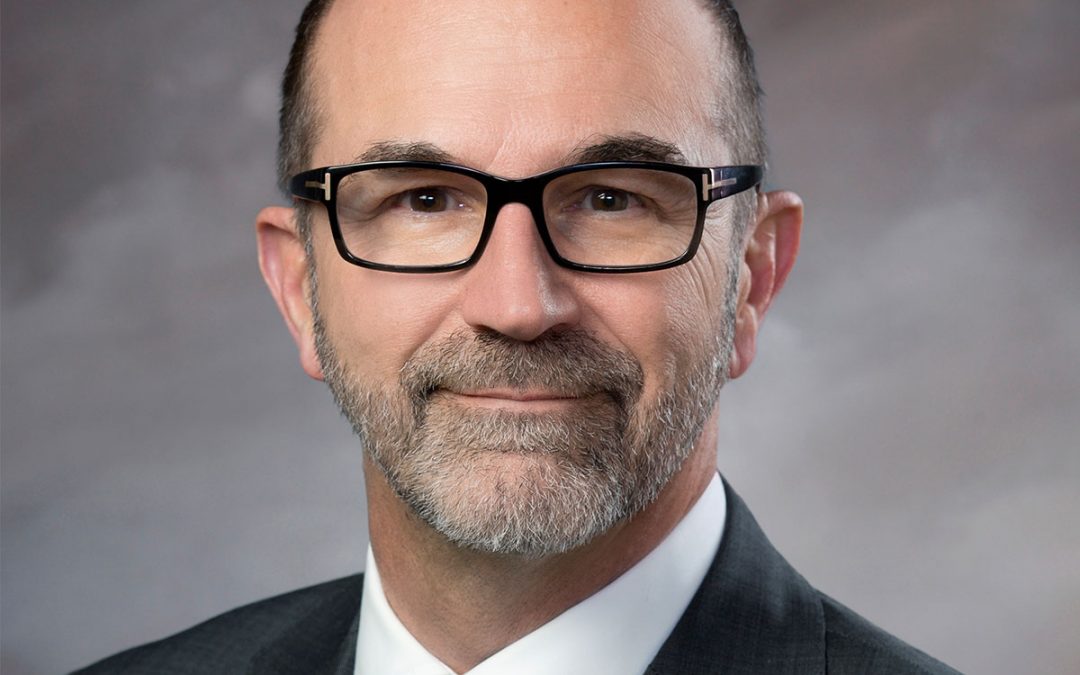In June, the Calgary Airport Authority unveiled its North Star vision, signaling a new strategic direction for the guest experience at Calgary International Airport (YYC). The effort is designed to whet the appetites of YYC’s more than 16 million annual passengers to experience the city firsthand. More than one-third of YYC’s passengers are connecting, and the North Star campaign will highlight many of the region’s attributes in hopes that those passengers will be enticed to visit in the future. AXN’s Carol Ward spoke with Bob Sartor, president and CEO of The Calgary Airport Authority, about his vision going forward.
Ward: What is the North Star vision, and why is it necessary?
Sartor: We have a new terminal and an older terminal, combining for roughly 4 million square feet of terminal space. Half of it was originally built in 1977 with some upgrades; the other half was just completed in October 2016. First, the juxtaposition of old and new is quite jarring. Second, we live in an amazing part of the world. From my office I see a bustling city. We’re only 16 kilometers from the city center, and we’re right at the foothills of the Rocky Mountains. Very little of the city’s vibrancy and very little of our amazing natural wonder is present inside the walls of the terminal. We’re fairly antiseptic, frankly. The new terminal looks like it was built by architects for architects.
We want to take the grandness of the new terminal and bring it more towards human scale. That’s one thing. Second, we want to take what’s best about our city and our culture and our surrounding area and bring it into the terminal, but we want to do it a bit differently than some airports. We want to extensively use digitization and technology to not just simply cast images up on a screen or a wall, but to tell stories. We will use content [from various tourism organizations] and also work with them to curate content specifically for airport use. There’s no shortage of content, and I’ve got [passenger] eyeballs.
We’re the busiest connecting airport in Canada, based upon how much of our business connects versus the percentage that is O&D. We have a marvelous opportunity to tell a great story about our city and about our surrounding area to people who never step out of the terminal. We’ve got these eyeballs and right now, they’re looking at mostly blank walls. I think there is a pretty large missed opportunity.
Ward: Are concessions part of the visions, and if so, what that will that entail?
Sartor: Part of [the vision] is also enhancing how our food and beverage and retail interact with people, particularly the connecting passenger. The airlines like to have very tight connecting times. Because so much of our business is connecting, I think we have a lost opportunity in terms of helping those passengers buy and shop while they’re moving from one gate to another. There will be more shops and restaurants, but in particular a lot more grab-and-go at the gate. We’ll be developing technology platforms that will allow people to shop as soon as they are within Wi-Fi distance of our airport. We have to be more innovative with the connecting passenger, because today it is 36 percent of our business and growing. I suspect that we will end up being well over 40 percent connecting within the next few years.
Ward: This new strategy will be coming on stream over the next few years, correct?
Sartor: Yes. We’re in the design phase now for our new digital wayfinding system. We’re also in the final stages of mapping out the digital enablement of both terminals so we can tell these great stories about our city and our surrounding area. All of those will start coming on line in 2019. It will likely be three years before we complete everything. It’s a dramatic change for this airport, and it will be achieved primarily through technology.






